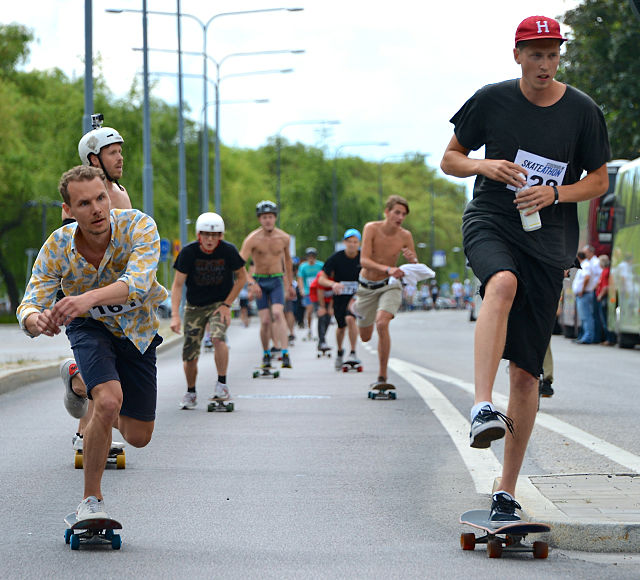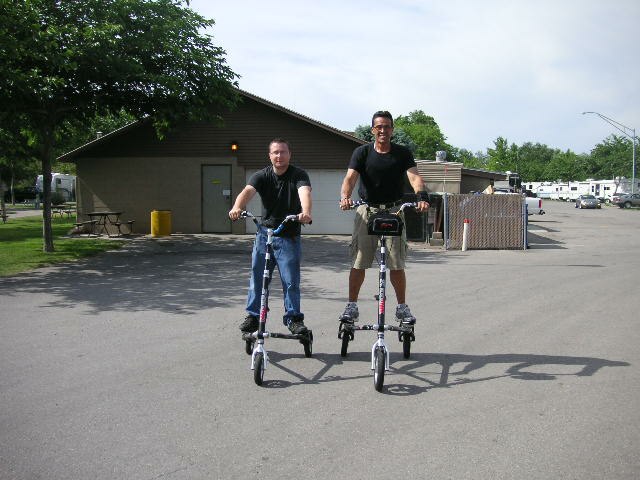Erden Eruç is a Turkish-American adventurer who became the first person in history to complete an entirely solo and entirely human-powered circumnavigation of the Earth on 21 July 2012 in Bodega Bay, California, United States. The journey had started from Bodega Bay a little more than five years earlier on 10 July 2007. The modes of transport included a rowboat to cross the oceans, a sea kayak for shorelines, a bicycle on the roads and hiking on trails, along with canoes for a few river crossings. The route he followed was 66,299 km (41,196 mi) long, crossed the equator twice and all lines of longitude, and passed over twelve pairs of antipodal points, meeting all the requirements for a true circumnavigation of the globe. Guinness World Records has officially recognized Eruç for the "First solo circumnavigation of the globe using human power" on a journey that lasted 5 years 11 days 12 hours and 22 minutes.
Mount Erciyes in the Cappadocia region of Turkey
A common rowboat is much smaller and less durable than those used for rowing across oceans.
An Argos beacon
Mount Kosciuszko
Human-powered transport is the transport of person(s) and/or goods (freight) using human muscle power. Unlike animal-powered transport, human-powered transport has existed since time immemorial in the form of walking, running and swimming, as well as small vehicles such as litters, rickshaws, wheelchairs and wheelbarrows. Modern technology has allowed mechanical advantage devices and machines to enhance human-power.
Sherpa carrying wood to Mount Everest base camp
Shopping trolley
Skateboards are propelled by pushing (one foot riding on board, one foot pushing on ground) or by gravity
Trikkes are powered by shifting the rider's body weight








